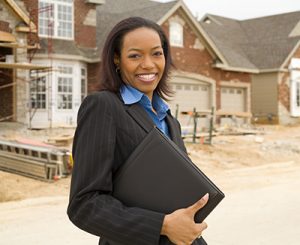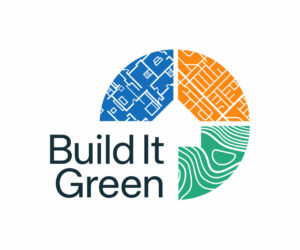
Green and energy efficient home features appeal to home buyers for a wide range of reasons. As a real estate agent, you can help your clients understand their options. It’s one more way to exceed their expectations and serve as a trusted adviser to help them stretch their dollars and find a home that makes them happy. Below, we’ve assembled four tips on how to open up a conversation about green and energy improvements to a home.
#1. Focus on their needs
This is the essential tip and your overarching strategy: Frame green/energy upgrade options around the expressed needs of your clients. Keep it on their terms, focused on their priorities.
“I don’t just bring up ‘green home upgrades’ in a conversation,” says Marcia Tolentino, a REALTOR and Build It Green’s Real Estate Project Manager. “I find out what’s most important to my clients.”
“Most clients aren’t going to tell you directly that they want an energy efficient home,” explains Tolentino. “They may convey that being comfortable in their home is important because they work at home. Or keeping monthly costs and utility bills low is important because of their income.”
This intel presents opportunities to suggest home features or upgrades—from HVAC and insulation to on-demand hot water heating—that match with their stated needs and interests. You can also take a moment to educate your clients about the basics of home energy efficiency—why some homes have high utility bills and rooms that are draft and cold or oppressively hot.
#2. Ask the right questions.
You already ask your clients a raft of questions to learn what matters to them most—location, school district, number of bedrooms, kitchen size, etc. But do your questions include health, safety, energy, and environmental concerns? Are you able to uncover, for example, that one member of the family suffers from asthma, making indoor air quality a key priority? Or that they want to use sustainable materials and products whenever possible? Or that in their previous home, it drove them crazy that some rooms were hot and others cold, and that their utility bills were astronomical? You won’t know unless you ask.
#3. Make green benefits easy to understand.
When talking about green homes features and benefits, avoid technical jargon and remember what’s important to your clients—typically comfort, health, safety, and value. Provide examples, paint mental pictures, and share your own experience. For example:
#4. Understand the research.
Each of your clients brings unique needs and experiences to their home buying journey. That said, it’s good to understand what research tells us about the general preferences of home buyers and various demographic sectors.
Home buyers in general
The environmental features considered important or very important to home buyers, according to a 2015 National Association of REALTORS study:
Older home buyersA study conducted by the National Association of Home Builders (NAHB) found that buyers facing retirement age (55 and older) are most likely to demand specific, high-performance green criteria, such as energy efficiency, healthier indoor environment and durability. Baby Boomers (between the ages of approximately 52 and 70) are particularly interested in green certified new construction, green certified renovations, energy efficient home systems and reduced maintenance.
Millennials
The leading edge of the millennial generation—now between 20 and 35 years old—are reaching their prime first-time home-buying years. A few thing to keep in mind about this demographic group:


Alex Coba
Communication Associate
As a proud California native from Stockton, Alex brings a wealth of experience and a versatile skill set. He has a solid communication background with a Bachelor of Arts in Journalism and Public Relations from California State University, Chico. Alex is adept at strategic communications and media relations, with experience gathering and sharing stories from his local communities that uplift the unique spirit and values of those places. He is excited to join Build It Green, where he can apply his talents to further BIG’s mission to help communities across California thrive